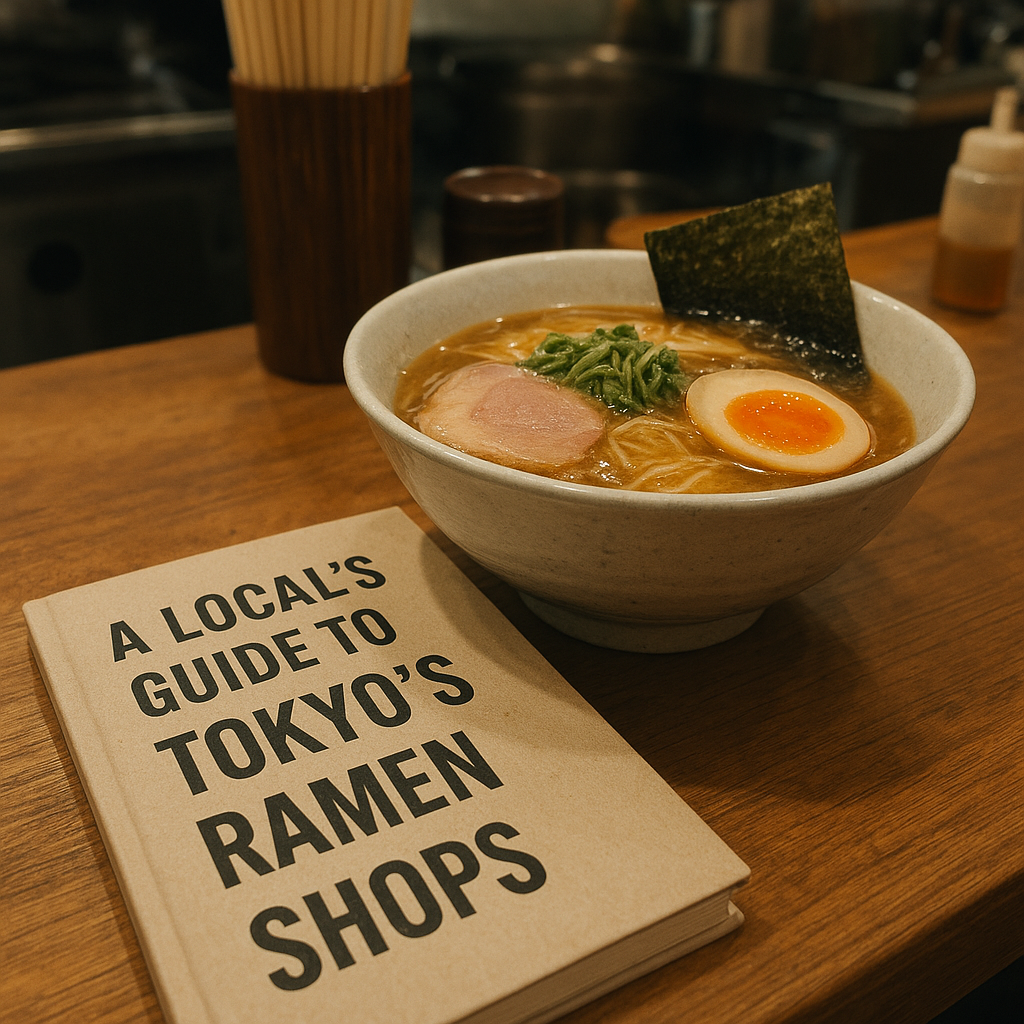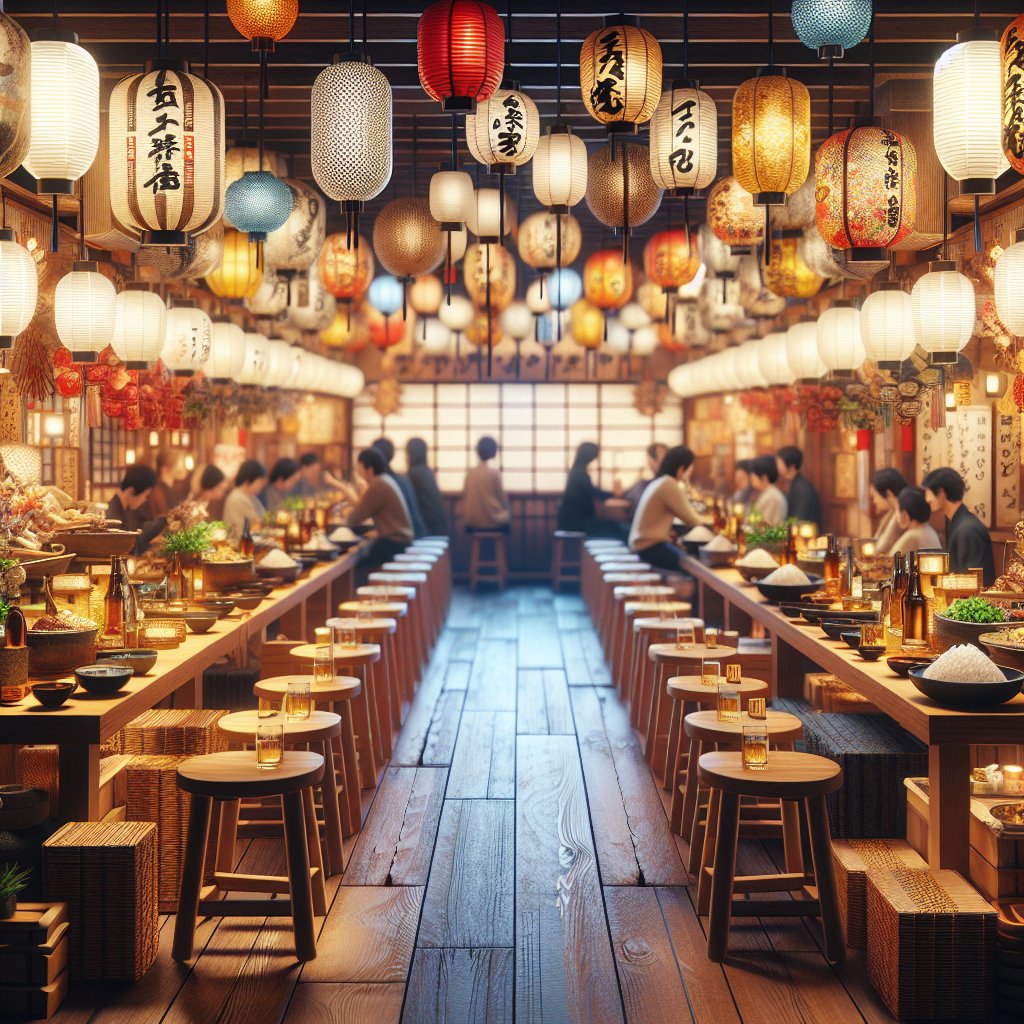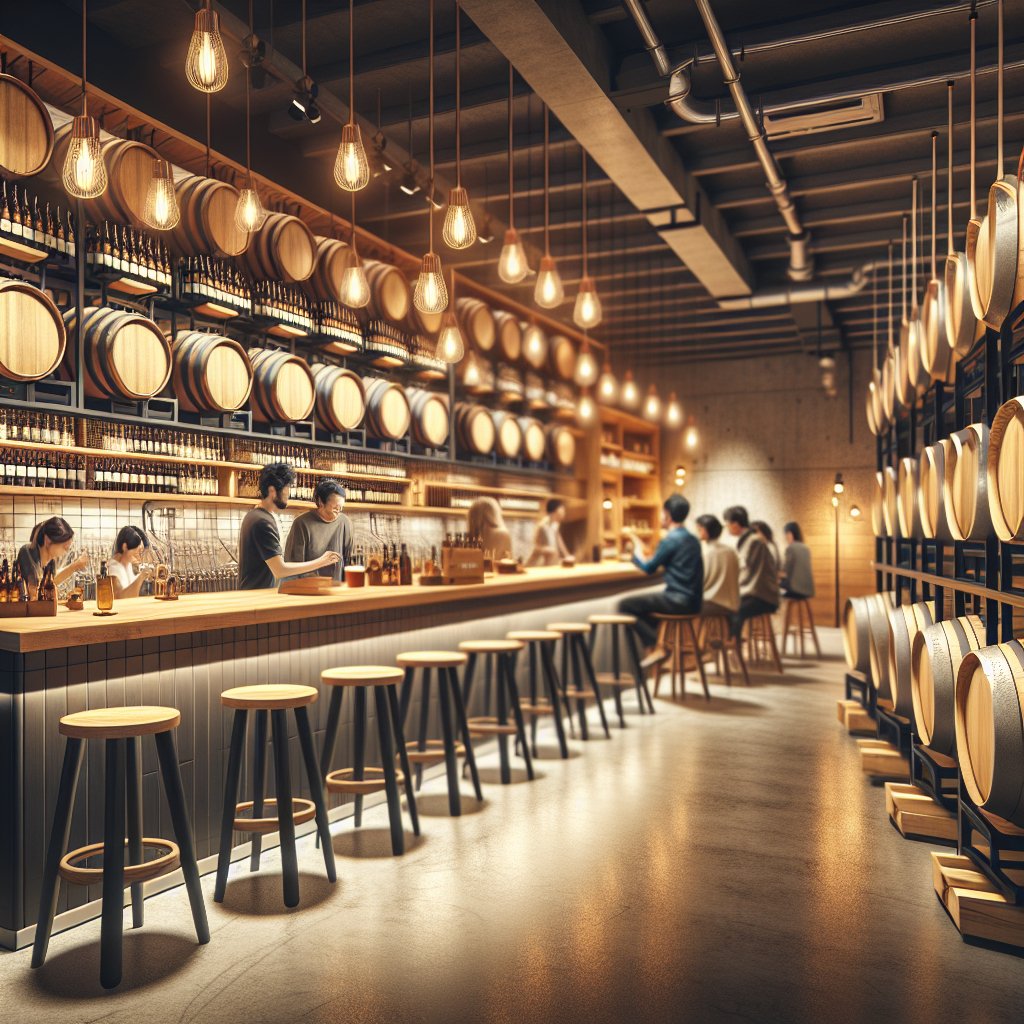Tokyo is a city where culinary passion meets everyday life, and few dishes capture its soul like a steaming bowl of ramen. From the moment you inhale the aromatic swirl of herbs and spices to the final sip of savory liquid, ramen in Tokyo is more than just a meal—it’s a culinary ritual. This guide will whisk you through the history, neighborhoods, and top spots, unveiling the secrets that make Tokyo’s ramen scene a magnet for both locals and travelers.
The Evolution of Ramen in Tokyo
Ramen arrived on Japanese shores in the early 20th century, evolving from simple Chinese wheat noodles to an emblem of post-war ingenuity. Tokyo chefs began experimenting with local ingredients, forging new styles that emphasized flavor and depth. The classic shoyu (soy sauce) broth became synonymous with the city, but soon, tonkotsu (pork bone) and chicken-based broths emerged, each boasting their own loyal following.
Key milestones in Tokyo’s ramen history include:
- 1920s: Simple noodle stalls appear near train stations, offering quick, hearty bowls to commuters.
- 1950s: Innovations in broth preparation lead to richer, longer-simmered soups that draw lines around the block.
- 1980s: The rise of themed shops and regional styles, such as tsukemen dipping noodles, sparks nationwide interest.
- 2000s: Top chefs begin fusing traditional recipes with avant-garde techniques, adding modern twists to a time-honored tradition.
Neighborhoods to Slurp in Style
Each Tokyo district brings its own atmosphere and approach to ramen. Whether you seek a hidden hole-in-the-wall or a famous chain, these neighborhoods are ramen meccas worth exploring.
- Shinjuku: Known for its neon lights and endless dining options, Shinjuku hosts tiny stalls and large storefronts. Perfect for late-night cravings.
- Ikebukuro: A mix of tradition and modernity, offering both classic tonkotsu places and innovative fusion bowls.
- Ebisu: Upscale yet laid-back, this area features artisanal shops focusing on organic ingredients and refined recipes.
- Nakameguro: Trendy and stylish, with instagrammable interiors and seasonal broths inspired by local produce.
- Toyosu: Close to the famous fish market, shops here often experiment with seafood-infused broth and fresh toppings.
Must-Visit Ramen Shops
Ichiran Ramen
Renowned for its solo dining booths, Ichiran created a unique system that lets you tailor every aspect of your bowl. From noodle texture to spice level, the degree of personalization elevates this chain beyond mere convenience.
Ippudo
Originating in Fukuoka but perfected in Tokyo, Ippudo’s tonkotsu base is both creamy and light. The addition of aromatic garlic oil and house-made kimchi sets it apart, delivering an unforgettable Umami bomb.
Tsuta
The world’s first Michelin-starred ramen shop, Tsuta dazzles with a soy-based broth infused with truffle oil. Fresh curly noodles and meticulously sliced pork complete an experience that feels both elegant and comforting.
Menya Musashi
Inspired by samurai heritage, Musashi serves bold bowls with thick noodles and an intense broth crafted from multiple meat cuts. Each sip promises a surge of robust innovation.
Afuri
Famous for its yuzu-infused broth, Afuri strikes a balance between citrus brightness and deep savory notes. The delicate noodles and seasonal vegetable toppings highlight the freshest produce.
Rokurinsha
Located in Tokyo Station’s Ramen Street, Rokurinsha pioneered the tsukemen craze. Their dense, chewy noodles are dipped into a rich, fish-and-pork broth that clings to every strand.
Tips for the Ultimate Ramen Journey
Navigating Tokyo’s ramen scene can be both thrilling and overwhelming. Keep these pointers in mind to ensure your adventure is smooth and satisfying.
- Go during off-peak hours to avoid long lines—early lunch or late dinner slots are ideal.
- Familiarize yourself with the ticket machine system; most shops require pre-payment via vending machines before you even sit down.
- Don’t hesitate to ask for noodle firmness or broth richness adjustments—many chefs welcome customization.
- Learn a few Japanese phrases like “hot water please” (oyuwari) for topping up your broth.
- Respect the etiquette: slurping loudly isn’t rude—it’s a sign that you’re enjoying the meal.
- Sample regional variations: try miso ramen in Hokkaido-inspired shops or spicy tantanmen in specialty stores.
- Consider a bowl of chashu don or gyoza on the side to complete your feast.












